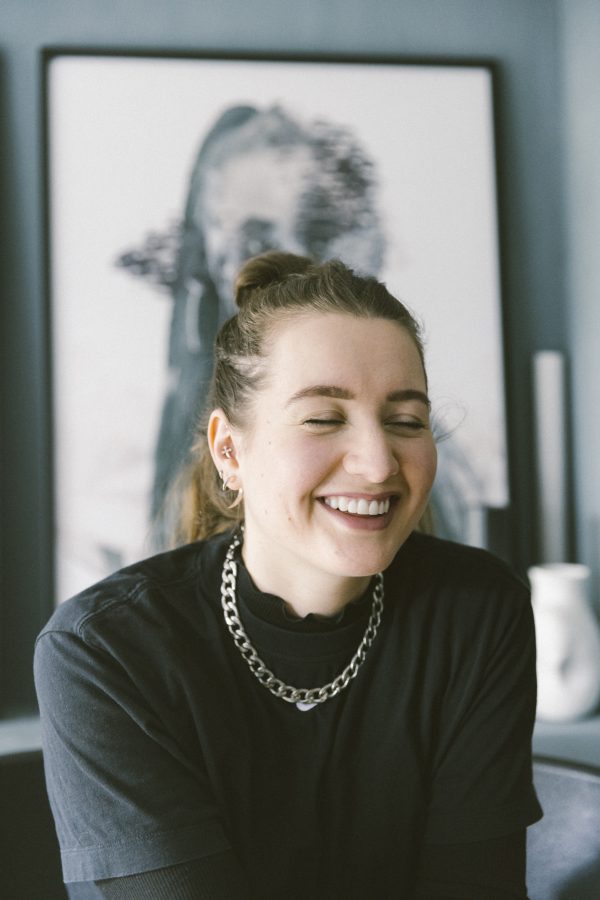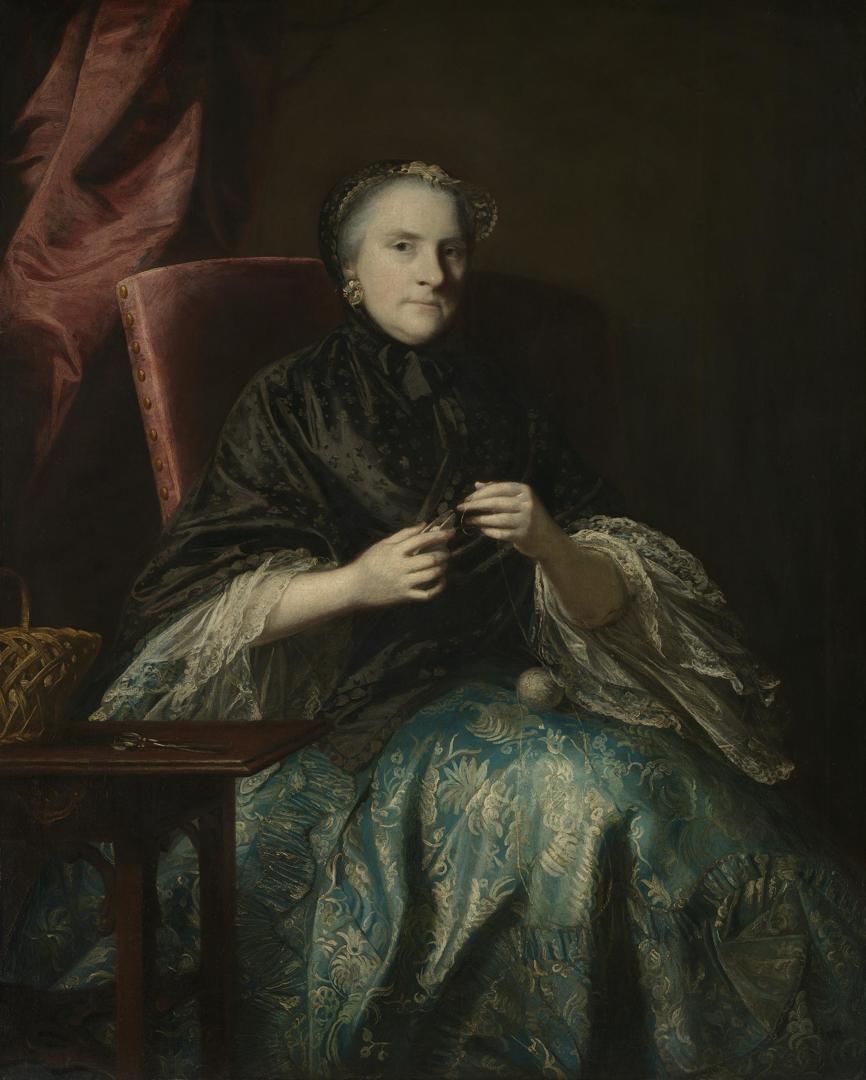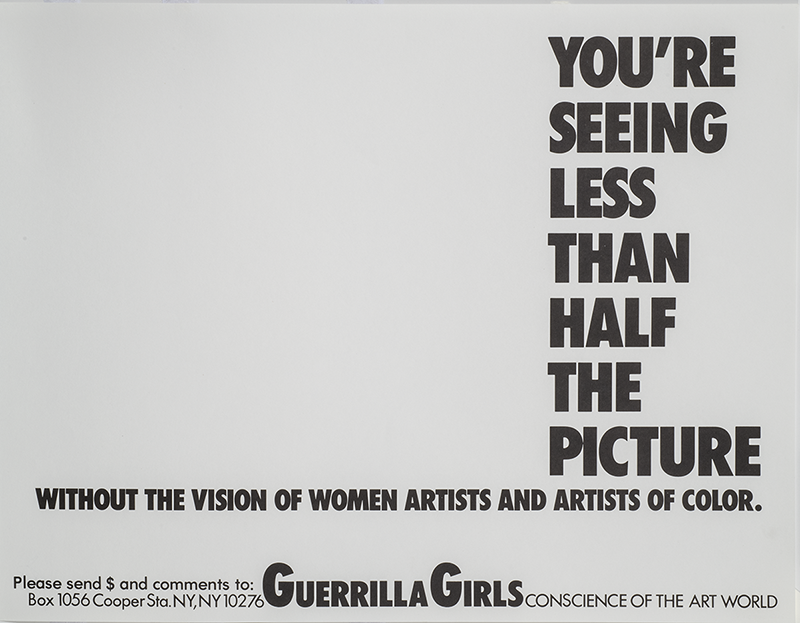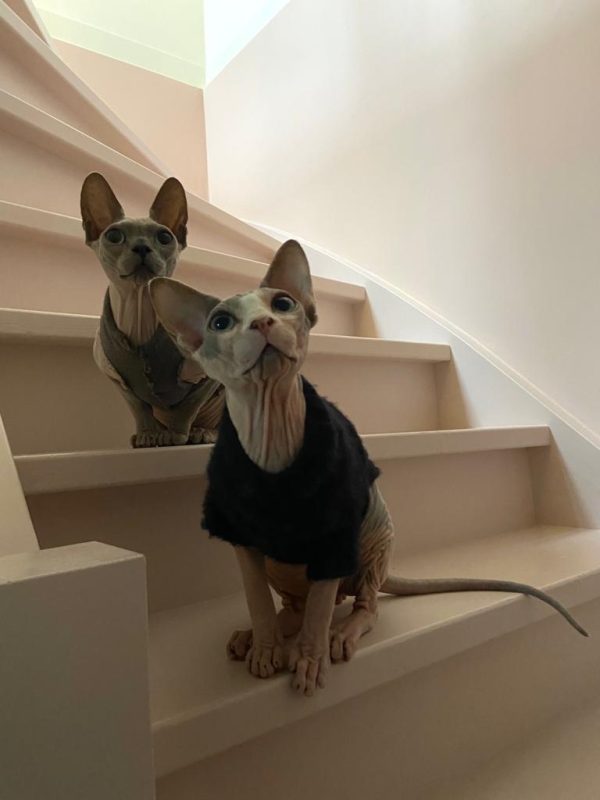Read Time 5 minutes
A woman by any other name
Following her sell-out debut London exhibition Study of a Woman Talking to Herself, 2019, Jess Cochrane returns with a new body of work inspired by symbolism in 17th century portraiture. Darklight Art contributor Verity Babbs shares her thoughts on the work …
When I was about 14 my friend Phoebe got a digital camera for Christmas – one of those big ones with a lens you focused by hand, although we never did. I’d go round her house and we’d have sleepovers and the main event would be taking photos of ourselves. Desperately seeking a new Facebook profile picture, we’d take it in turns posing around her room, or turning the camera around on ourselves in the 00s version of a selfie.
Sometimes we would put on face-paint. I’m not sure there was ever an express reason for us doing this, I can’t put my finger on where that desire came from, but much of my early teens was spent excited to visit friends with cameras to have a “shoot”. The models in A Woman By Any Other Name give me that same feeling – these girls are at a sleepover, taking it in turns to be photographed. These girls just also happen to be the wives and mistresses of courtiers and kings of a Tudor court. Henry VIII’s girls gone wild.
I’ve written about Jess’s works before, about their composition and impact. However, this body of work feels so inseparable, and the models so interlinked, it has to be considered as a collective whole. Typical of Cochrane’s style, each individual has been photographed and the prints then painted over. The process is distinctly separate – step one: photograph, step two: print, step three: paint. The models mostly haven’t even met. And yet when looking at this group of final works, these women seem like best friends – brought together by Cochrane’s artistic process. This exhibition has not only created a body of work which feels cohesive, but a story in which all models have played a role.
Each model has been assigned a prop: strawberries, hyacinth, astonishingly large grapes. These additions harken back to the coded props seen in portraiture throughout the ages. Since the fifteenth century, lilies and roses have been woven into depictions of the Virgin Mary to symbolise her purity and dedication to God. If you spot a barking dog in works from the Dutch Golden Age, they may be warning you that the woman in the scene is a flirt. Portraits of the daughters of royals and aristocrats had objects included to denote whether or not they were up for grabs in future marriage agreements.
It’s not simply the case of the objectification of women, but the symbolic equation of objects to the women they’re assigned to. Today, we might simplify advertisements by saying that, in order to sell a handbag or perfume, you add a sexy woman. Historically, in order to sell a woman, you simply add an exotic flower, or a lush banquet.
There is an air of Renaissance opulence to the portraits in the series – a glamour that is independent from today’s standards of fashion [jewellery, designer clothes, thinness]. The show’s title acknowledges the power of names given to women that aren’t their own first name or choice. This goes beyond the terms spat at women in derision––’slut’, ‘prude’, ‘tease’––to the names that can cause seismic changes in women’s agency – Miss vs Mrs, or losing their name entirely to become simply ‘X’s mum’ or ‘X’s wife.’
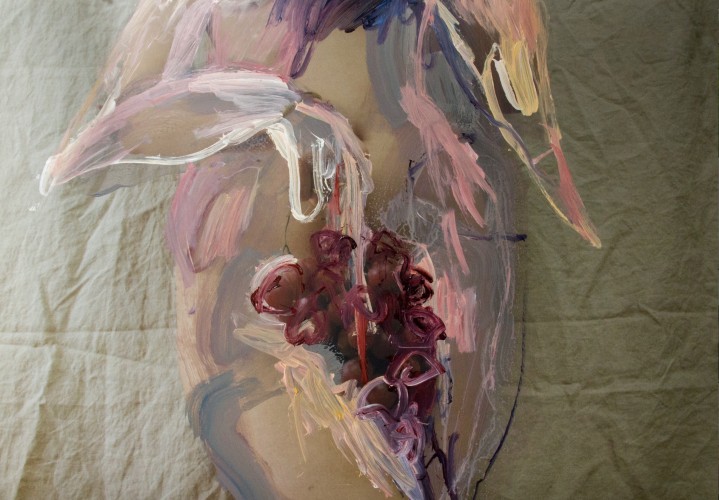
The significance of names is deeply rooted in art history, too. Since the first books on the history of art were written in the sixteenth century, the field has stayed loyal to the cult of the Full Name. Art history likes individual geniuses who can be named, traced, and celebrated. This meant that many female artists, as well as non-Western artists, have been omitted from the history books, because they’ve worked anonymously as part of collectives, or because assigning your name to your craft wasn’t part of their culture.
The nod to Shakespeare’s line in Romeo and Juliet ––’a rose by any other name would smell as sweet’––highlights woman’s relentless, powerful autonomy in the face of changing titles and degrading cat-called ‘compliments’.
The show has been beautifully curated throughout the gallery space. The pieces are large-scale, 2A0, A0, A1, but have been arranged in a way that gives them each the space they deserve for meaningful viewing. The exhibition feels light and airy, leaving us room to appreciate each body in turn, but grouping them together in a way that gives this show the wonderful sorority feel that makes it so joyous ✨
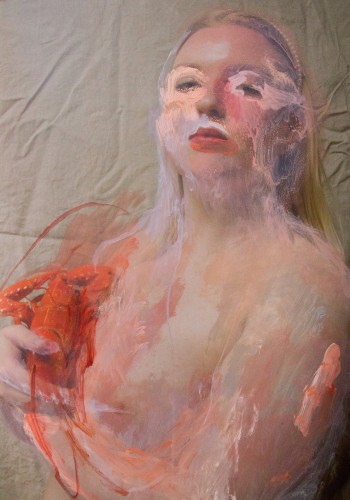
END
subscribe for the latest artist interviews,
historical heronies, or images that made me.
what are you in the mood for?





